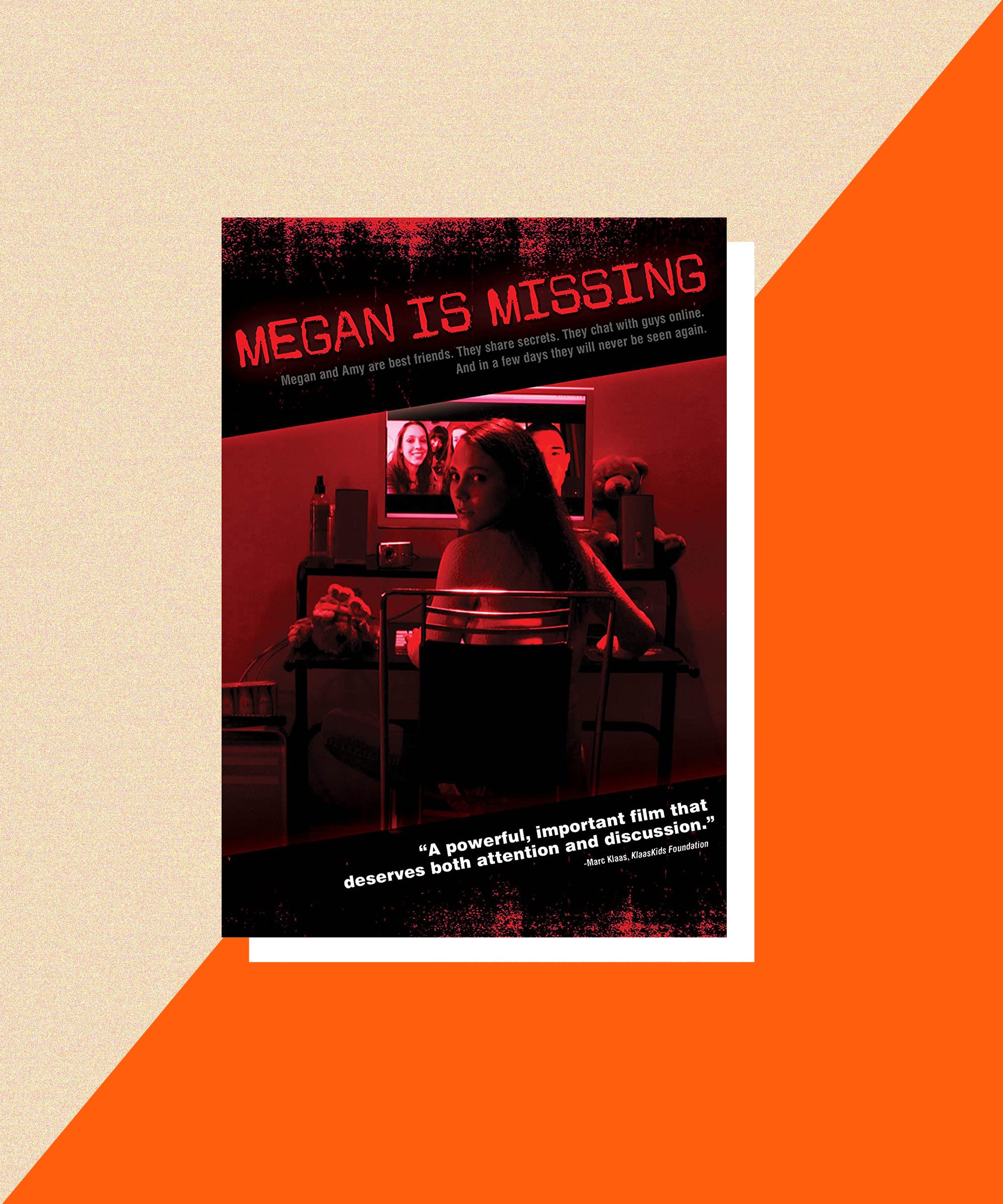Is Megan Is Missing Based On A True Story?
Is Megan Is Missing a true reflection of real-life horrors, or a work of fiction designed to shock? The truth lies in a complex interplay of fact and fiction, a narrative woven from the threads of real-world tragedies to create a chilling tapestry of online dangers.
The 2011 film, directed by Michael Goi, achieved notoriety for its unflinching portrayal of the abduction of two teenage girls. Presented in a found-footage style, incorporating video chats, webcam recordings, and supposed news reports, Megan Is Missing blurs the lines between reality and fiction, leaving viewers questioning the authenticity of its harrowing narrative. This ambiguity, while contributing to the film's viral resurgence on platforms like TikTok, has also sparked controversy and debate. The film doesn't shy away from graphic content, and its disturbing scenes have triggered warnings and calls for viewer discretion. While the films explicit nature undoubtedly contributes to its shock value, it also raises crucial questions about the exploitation of sensitive subject matter.
| Title: | Megan Is Missing |
| Director: | Michael Goi |
| Release Year: | 2011 |
| Genre: | Found footage, Horror, Thriller |
| Synopsis: | The film depicts the disappearance of Megan Stewart, a popular high school student, after she meets someone she encountered online. Her best friend, Amy Herman, investigates her disappearance and ultimately suffers a similar fate. |
| Reference: | IMDb |
The film's power lies in its resonance with actual cases of online predation. While Megan Is Missing is not based on a single specific case, it draws inspiration from numerous real-life instances of young girls falling prey to online predators. This amalgamation of true crime elements grounds the fictional narrative in a disturbing reality, making the films message all the more impactful, albeit unsettling.
The characters of Megan and Amy, while fictional, embody the vulnerabilities of teenagers navigating the digital landscape. Their online interactions, seemingly innocent at first, gradually escalate into dangerous territory, highlighting the insidious nature of online grooming. The film serves as a stark reminder of the potential dangers lurking behind seemingly innocuous online profiles and the importance of vigilance in the digital age.
The debate surrounding Megan Is Missing extends beyond its graphic content. Some critics argue that the films exploitative nature overshadows its message about online safety, while others maintain that its unflinching portrayal serves as a necessary wake-up call. The films impact on viewers is undeniable, provoking discussions about online safety, parental responsibility, and the ethical implications of depicting such sensitive themes.
The controversy surrounding the films supposed "real photos" adds another layer to the discussion. While the film utilizes realistic imagery, the claim of actual crime scene photos is unfounded. This blurring of lines between reality and fiction further complicates the audience's perception, fueling the debate about the films intentions and its potential to mislead viewers.
Megan Is Missing forces viewers to confront the uncomfortable realities of online predation. While not based on a singular true story, the film's power derives from its reflection of real-world dangers. By weaving together elements of true crime with a fictional narrative, Goi has created a film that serves as both a cautionary tale and a catalyst for conversations about online safety. The films graphic nature and controversial elements may divide audiences, but its impact on the discourse surrounding online dangers is undeniable.
The films resurgence in popularity through social media platforms like TikTok introduces a new generation to its message. While this renewed interest offers an opportunity for vital conversations about online safety, it also necessitates responsible engagement with the film's disturbing content. The films graphic nature and potential to traumatize viewers underscore the importance of providing context and resources for those seeking information about online safety and support for victims of online exploitation.
Ultimately, Megan Is Missing stands as a complex and controversial piece of filmmaking. Its exploration of online dangers, albeit through a fictional narrative, taps into very real anxieties about the digital world. While the films graphic content and ambiguous presentation may draw criticism, its ability to spark dialogue and raise awareness about online safety cannot be ignored. The films legacy lies not in its factual accuracy but in its ability to provoke reflection and inspire action towards a safer online environment.
The films impact transcends mere entertainment, compelling viewers to confront uncomfortable truths about the digital landscape and the vulnerabilities it can expose. While the debate surrounding Megan Is Missing continues, its contribution to the ongoing conversation about online safety remains a significant part of its legacy.


